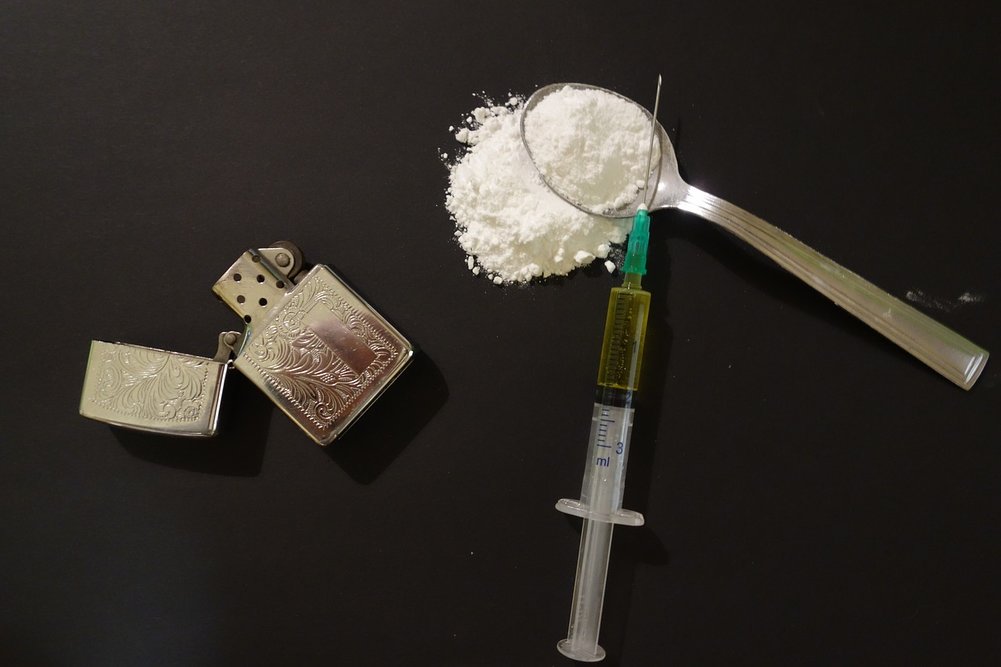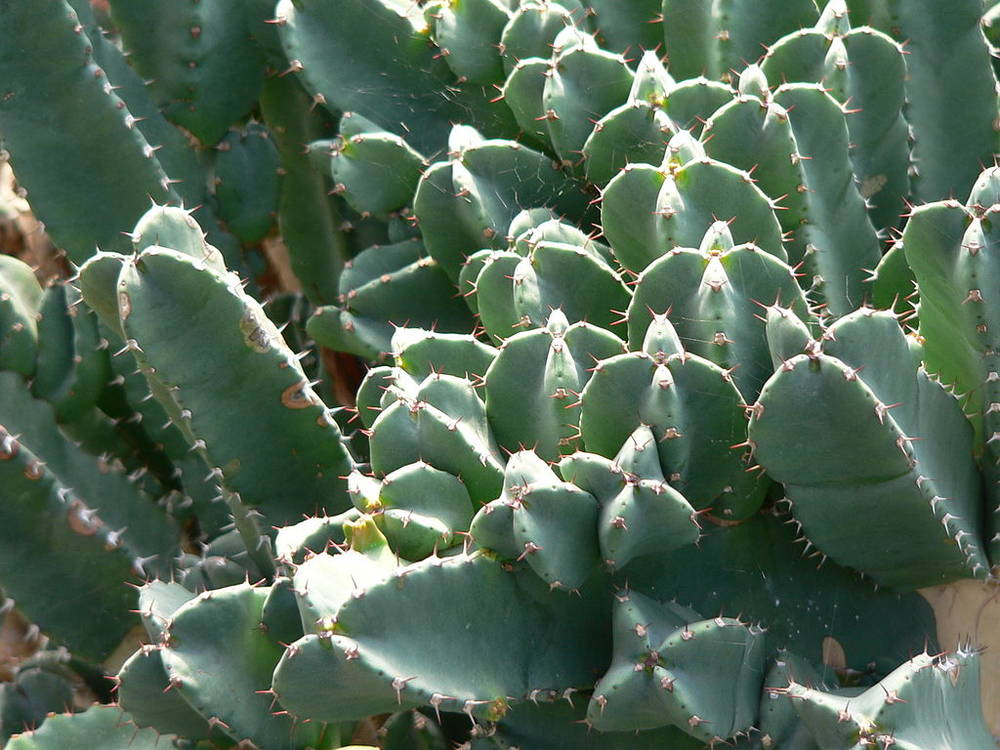An international team of researchers detected a vast sixty-nine pharmaceutical compounds in stream insects. When these insects emerge as flying adults, they can pass these drugs further to spiders, fish, birds, bats, and other streamside foragers. This way, drug pollution moves up food webs and in some cases exposes even top predators to therapeutically-effective doses.
Traces of pharmaceuticals have been reported in the water cycle, including surface waters, wastewater, groundwater, and even drinking-water. If nothing changes, the amount of pharmaceutical effluence leaching into waterways could increase by two-thirds before 2050. This is not a local, but a global problem.
Drugs enter the environment because most wastewater treatment facilities are not equipped to remove them from sewage, or there are no facilities at all. Septic tanks, aging pipes, and sewer overflows contribute to the problem. Different types of drugs, analgesics, antibiotics, anti-platelet agents, hormones, psychiatric drugs, antihistamines, can be found at excessive levels. In the recent paper published in Nature Communications, researchers have found pharmaceutical compounds in stream insects. They believe even animals that eat these insects in or near streams are at risk of being dosed with pharmaceuticals.
“Stream life is swimming in a mixture of pharmaceuticals. Our study is the first to show that this chronic drug pollution can concentrate in aquatic insects and move up food webs (a natural interconnection of food chains) in some cases exposing top predators to therapeutically-relevant doses,” Emma Rosi, an aquatic ecologist at Cary Institute of Ecosystem Studies and a coauthor on the paper, said for Cary Institutes News.
In the most exhaustive screening to date, research group sampled six streams in Melbourne, Australia for 98 pharmaceutical compounds. Concentrations of common drugs such as antibiotics, antidepressants, antihistamines, and nonsteroidal anti-inflammatory drugs (NSAIDs) were measured. Study sites were selected along a gradient of wastewater contamination that included a site downstream of a wastewater treatment plant and a site in a national park.
Researchers collected aquatic insects and riparian spiders. A globally common aquatic insect, caddisfly, was among those tested in this study.
“We focused on riparian spiders because they build their webs over streams and feed on adult aquatic insects as they emerge from the water,” said Erinn Richmond, a freshwater ecologist at Monash University in Australia and lead author on the study.
Tissue analyses detected up to 69 different pharmaceutical compounds in aquatic insects and up to 66 compounds in riparian spiders. Drug concentrations were the highest in invertebrates collected downstream of wastewater treatment facilities or in heavily populated areas with potential septic tank leakage. On average, pharmaceutical concentrations at these sites were 10 to 100 times higher than less contaminated sites.
“Insect tissues had drug concentrations that were orders of magnitude higher than concentrations measured in surface waters. We also found a diverse suite of drugs in spiders, indicating that drugs are passed from the water to prey to predator, thereby exposing other animals in the food web to drugs,” said Jerker Fick, a chemist at Umeå University in Sweden, who analyzed the insect and spider samples.
Sadly, pharmaceuticals were found present in every insect and spider researchers tested, including those collected in Dandenong Ranges National Park. Contamination is likely present since people live within the park’s drainage area and regularly visit the park.
With increasing physiological retention of harmful chemicals, also known as biomagnification, top predators are at the highest risk. In the streams studied, platypus and brown trout (predators) showed increased susceptibility, as they also feed on aquatic insects. By pairing concentrations of pharmaceuticals found in stream insects with known dietary needs of platypus and trout, the team was able to estimate their drug exposure.
“A platypus living in a creek receiving treated wastewater effluent could receive the equivalent of half of a recommended human dose of antidepressants every day, just by eating its normal diet of stream insects. This intake is likely to have biological effects,” said Rosi.
This problem, so far observed in Australia, is not a lone example it seems. It is representative of what is likely happening everywhere people live. Since researchers only tested for 98 pharmaceutical compounds, their amount of pollution is likely underestimated and could be far greater. Every day, thousands of drugs are in circulation.
“Pharmaceutical use is increasing worldwide. It’s clear that the drugs we take are entering freshwaters and being passed up the food web. We don’t know the ecological consequences of exposure to this pollution. What does it mean to be a platypus or trout with more than 60 drugs in your tissues? Are there synergistic effects? More research is needed on the extent of food web contamination and the effects of these compounds on fish and wildlife,” said Rosi.
Learn more about pharmaceutical pollution in the video below:
By Andreja Gregoric, MSc











